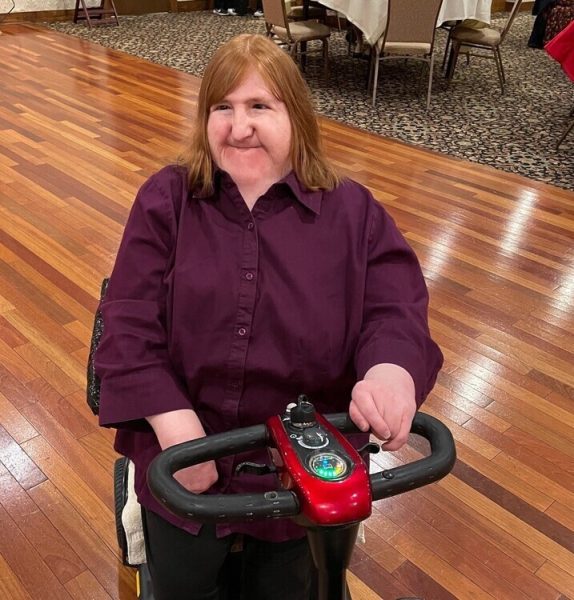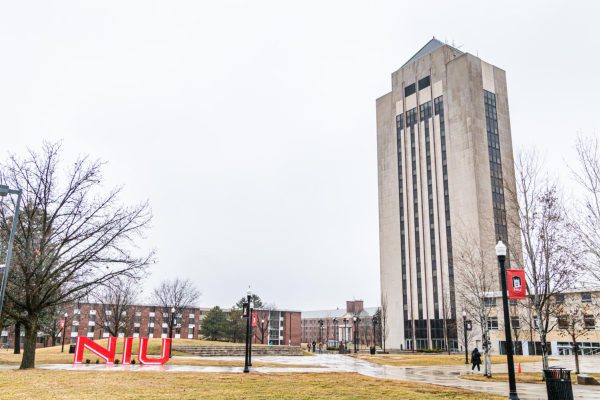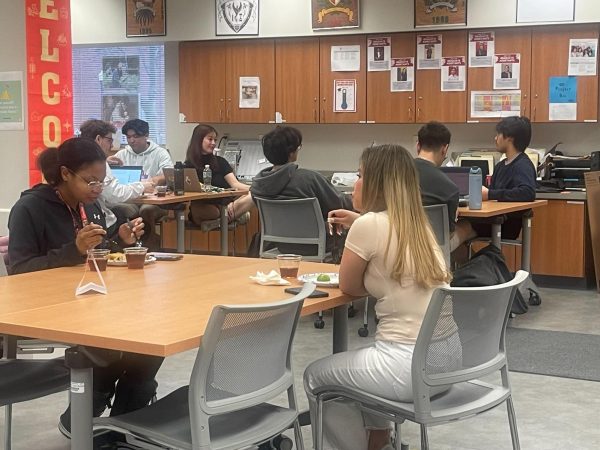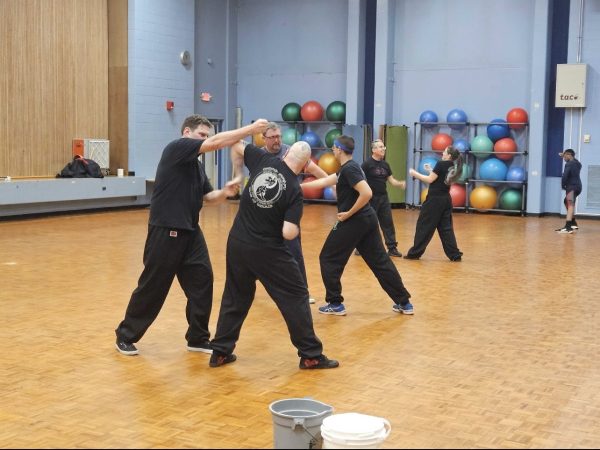Gender-inclusive restrooms spread
April 26, 2018
DeKALB — In line with the university’s mission of diversity and inclusion, there has been an increase in gender-inclusive restrooms on campus, now totaling 26.
The first gender-inclusive restrooms on campus were introduced in July 2016 in the Holmes Student Center as single-stall restrooms by changing the signs to say “All Gender.” Altgeld Hall later introduced the first multi-stall, gender-inclusive restrooms.
One of the larger aspects of the effort to introduce gender-inclusive restrooms to all buildings on campus focuses on how they are beneficial to everyone.
Molly Holmes, Gender and Sexuality Resource Center director, said these kinds of restrooms help everybody by giving more options to students, faculty and staff, and when talking about the university’s effort of diversity and inclusion, more is always better.
“It [is] wonderful for students who like more privacy in their restroom experience, students who have children, their families with young children,” Holmes said. “If the restrooms are gendered, sometimes that’s harder for parents with children who have genders that are different than them.”
Matthew Lonski, Gender and Sexuality Resource Center graduate research assistant, said he advises a group of transgender, gender non-conforming and non-binary identified individuals seeking change on campus called the TransAction Task Force. This task force is advocating for the implementation of gender-inclusive restrooms.
“So the task force went out on campus, there was a list made of all the buildings on campus and things along those lines, and the students actually went to each individual building on campus and took an inventory where each of the bathrooms were,” Lonski said.
“So the students gathered that information, like if it was a single stall or a multi-stall or if we could easily just change a sign and then that would make it gender-inclusive, things along those lines,” Lonski said.
The interactive NIU map now has the option to search for where the gender-inclusive restrooms are on campus.
Kristen Myer, director of the Center for the Study of Women, Gender and Sexuality, said the process of changing restrooms to be gender-inclusive is more complicated than individuals initially thought because it requires counting the number of stalls and toilets in certain buildings and using those ratios to determine the plausibility of transforming restrooms to be gender-inclusive.
“I think it’s very important because all students, all over campus, should be able to go to the bathroom wherever and whenever they need in a safe and harassment-free environment,” Myer said.
Myer said everyone needs to feel safe using the restroom, and for those who would not feel comfortable using a gender-inclusive restroom, there would need to be signs put up to indicate where gendered restrooms are in the buildings implementing this change.
First-year psychology major Ruti Greenfield said NIU needs to make sure it is showing its diversity mission in action and not just saying the university supports diversity and inclusion.
“It’s not about us trying to invade spaces,” Greenfield said. “It’s about us trying to get into these places because we’ve been kicked out for so long.”
Myer said former President Doug Baker felt it was important to represent the university’s mission of inclusivity by introducing those restrooms into Altgeld Hall.
“I think that having that level of commitment in NIU’s main administration building at the presidential level really rolled out expanding even further,” Holmes said.
Holmes said Baker was passionate about the cause after speaking with students about the lack of gender-inclusive restrooms on campus.
The push to change the bathroom culture began July 18, 2016, when four gender-inclusive signs were posted outside of restrooms in the Holmes Student Center.
“It does impact the trans community in a lot of ways because it can be dangerous for trans people to use restrooms where people perceive gender as not fitting and when you’re needing to use the restroom you don’t want to think about your safety you want to think about going to the restroom,” Holmes said.
Holmes said it is hopeful when society begins being more aware of the different ways to express and identify one’s gender because it helps society to be more inclusive for everyone.
“I think if everybody can think more expansively it will positively benefit trans people, because then they’re not sort of breaking gender norms, they’re being who they are,” Holmes said.
Myer said people used mixed-gendered restrooms all the time; at their homes, at places like Starbucks and bars and coffee shops downtown. She said gender-inclusive restrooms aren’t unusual, and they don’t hurt anyone.
“It is only a problem if you conceptualize it as a problem,” Myer said.
Myer said this effort is part of a cultural change for the entire university, being lead by the great, hardworking individuals, but these kinds of conversations need to keep happening.
“The work’s not done yet,” Lonski said. “There’s still more to do, and there’s still more to advocate for and things along those lines.”












